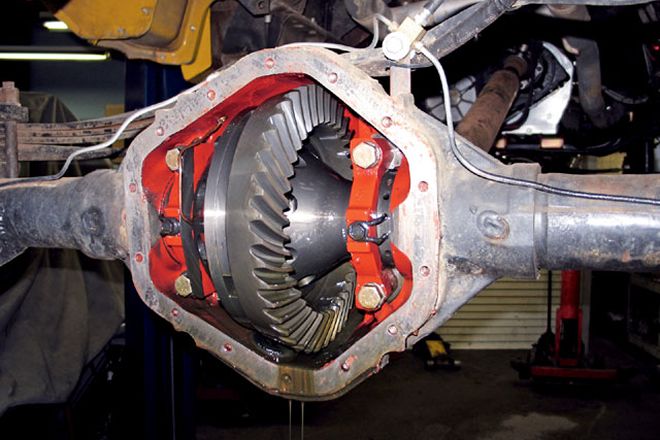
 Jerrod Jones
Former Editor, Off Road
Jerrod Jones
Former Editor, Off Road
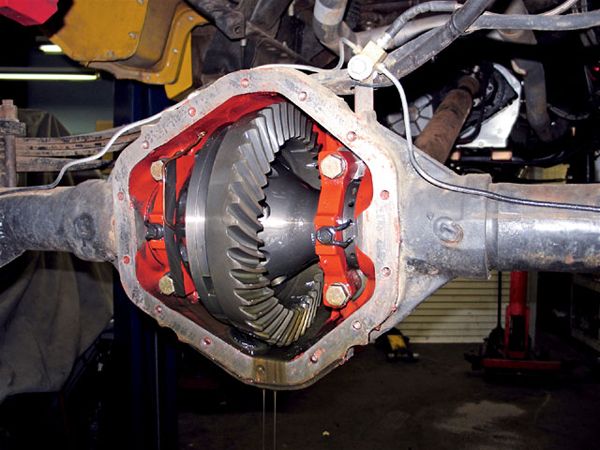
The GM 14-bolt has to be one of the easiest axles there is for a guy to set up in his driveway, and a beginner's best friend since everything about it is straightforward and it all comes apart easily. About the only differential you'll be able to mess with more quickly would be one dropped out of a Ford 9-inch housing. The GM 14-bolt is readily available in every part of the country on the average for less than $200 used (unless you're into paying too much for used parts), and makes a great heavy-duty swap into any 4x4. For a Chevy and GMC guy, the 14-bolt is GM's gift to them, as the 3/4-ton pickup version can bolt directly in place of smaller 10- and 12-bolts since it has the same spring-perch width (the 1-ton 14-bolt has a narrower spring-perch width).
These axles have some clearance issues since the differential is so big, but a lot of metal on the lower lip of the diff can be shaved off. The ring gear is 10 1/2 inches big (in the most common and "standard" version), making it larger than a Dana 60's 9 1/2 inches, with a larger differential than a Dana 60 as well.
They also typically have the least expensive aftermarket differentials, and the labor cost of setting one up is usually cheaper too since they go together so easily.
The 14-bolt (with the exception of the 9 1/2-inch ring-gear version) is a full-floating axle, meaning the wheel rides on a hub attached to the axle's housing, with an axleshaft that turns the hub. A semi-floating axle has a wheel that attaches directly to the axleshaft, which rides in a bearing on the end of the housing. A full-floating axle is by design much stronger, and can also be a big advantage over a semi-floating axle since you can still drive the truck if you break an axleshaft.
But not all 14-bolts are the same, and there might be more modifications available for one than you might think. So check it out, and see if you know all the bits about a 14-bolt.
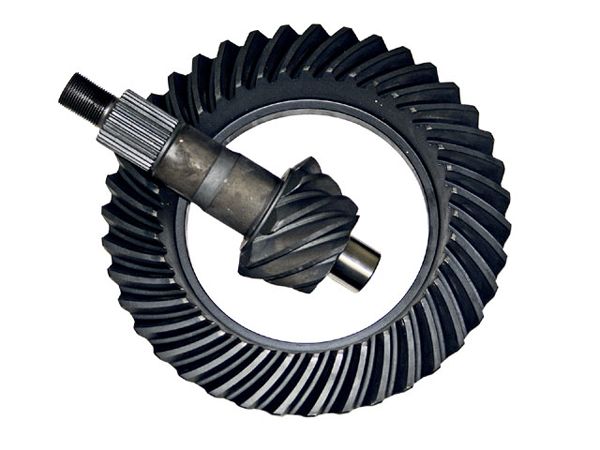
Ring-And-Pinion
The 14-bolt has a 10 1/2-inch ring gear and a pinion gear sporting a 1.590-inch shank. There is a case split between 4.10 and 4.56, so you'll have to get a new differential if changing a 4.10 gear ratio to a 4.56 or higher. The 14-bolt sports a very strong pinion design that is held by bearings in front of and in back of the pinion's teeth, allowing for very little pinion deflection. The pinion is easy to remove and inspect with a removable pinion support. In the '86-and-later 14-bolt axles the removable pinion support has a larger pinion bearing that adds some strength over the original version.
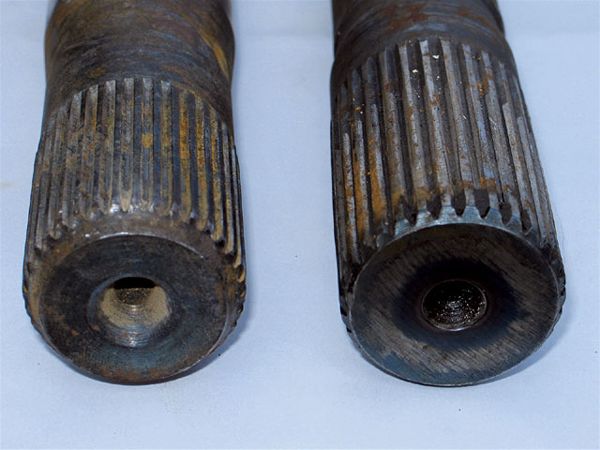
Shafts
Here's a 14-bolt axleshaft next to a 1 1/2-inch 35-spline axle from a Dana 60. The 14-bolt axleshaft is still 1 1/2 inches, but has a 30-spline cut with a unique spline pitch.
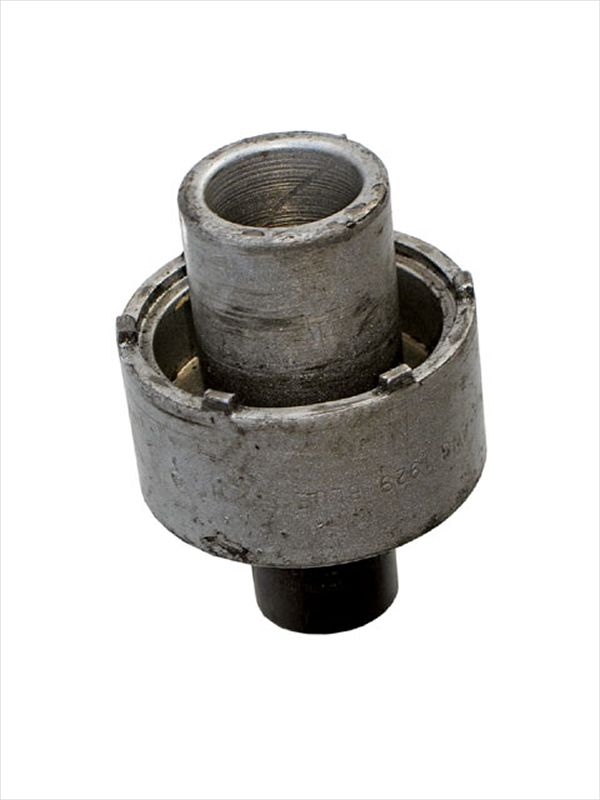
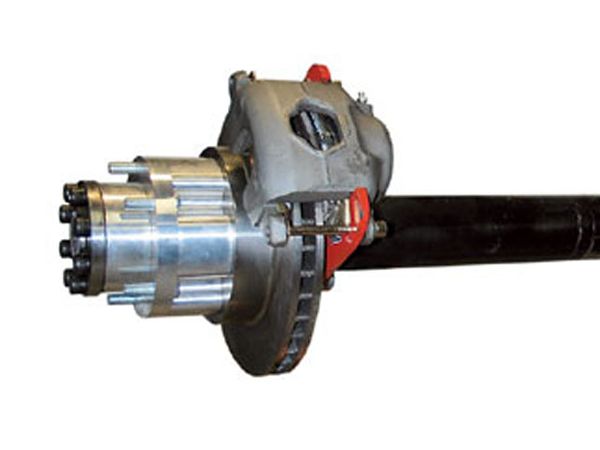
Brakes
The 14-bolt axles typically have drum brakes from the factory, save for the newest late-model disc-adorning versions, but obviously there are a lot of guys out there upgrading to discs on the older ones. The earlier ('73-'85) 14-bolt axles came with three different drum brake sizes. The earliest version of the axle had brake drums small enough to get a 15-inch wheel on, and are obviously a sought-after item when one is keeping drum brakes. A few years after its inception, GM put larger drums on the 3/4-ton axles and the biggest drums on the 1-ton versions (the only difference between the 3/4 and 1-ton axles besides the spring-perch widths). Geartech HD has a disc-brake kit that works with its five- or six-lug hub kit. It allows you to place the caliper bracket where you want on the tube, and even mount the rotor either on the face of the hub or behind it. This way, you could run 11- or 12-inch rotors and still get away with 15-inch wheels on a 1-ton axle. To remove the hub nuts there is a specialty socket sold (left). If you don't have one of these, there are other ways to accomplish this task, but this socket is going to be your best bet.
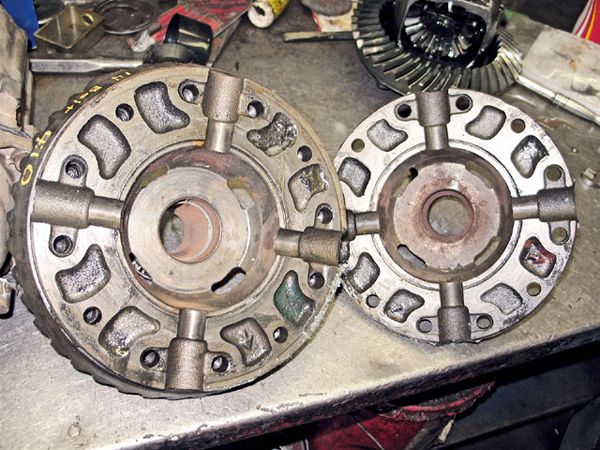
Gov Loks And Open Diffs
Some 14-bolt axles came with a type of...well, limited-slip differential. It's not really a conventional limited slip, but it's not a true locker either. The Gov Lok was nicknamed because of a governor that moved outward up a ramped side gear inside the differential as the differential spun faster. As the diff spun faster the governor would be pushed out more, applying more pressure on the clutches until almost a full lock of the diff. Impressive by design, but not strong unfortunately. The teeth can break off the governor as it spins and become eventually useless under heavy use. If you have a Gov Lok differential you should note that you will have to buy an open-differential carrier if you want to add a drop-in locker like a Detroit Locker, since the Detroit Locker fits directly into the four-spider gear case of the open differential.
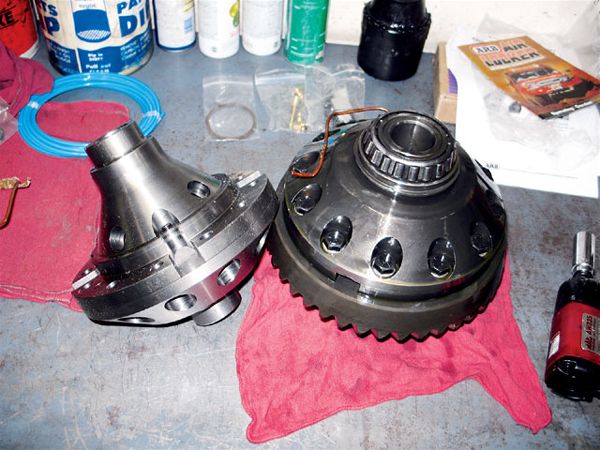
OK, don't get too excited yet, but we have been told by a certain Australian differential company that since it has recently designed its 14-bolt Air Locker application (using bigger parts than any of its previous designs), it thinks it might be able to modify and change a couple things to apply a similar design in a Rockwell axle. Right now this is only a thought, and the company wants to see how many customers might be interested. If this sounds like something you might want to purchase, e-mail [email protected] and your message will be passed on to the company.
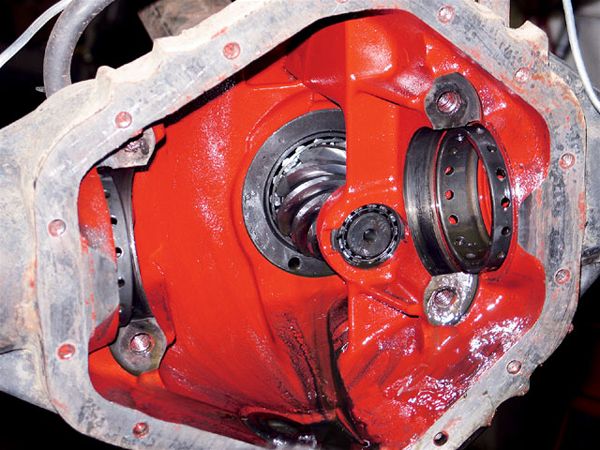
ARB recently came out with a selectable locking differential for the 14-bolt axles. This was an all-new Air Locker design, and since every part on it was bigger than any other application ARB offered, it was offered much later than other applications that have been around for years. Of course, we had to get one of the first ones and throw it in the back of our Ultimate Adventure 2005 truck at GM Truck Center with the help of tech John Hughbanks.
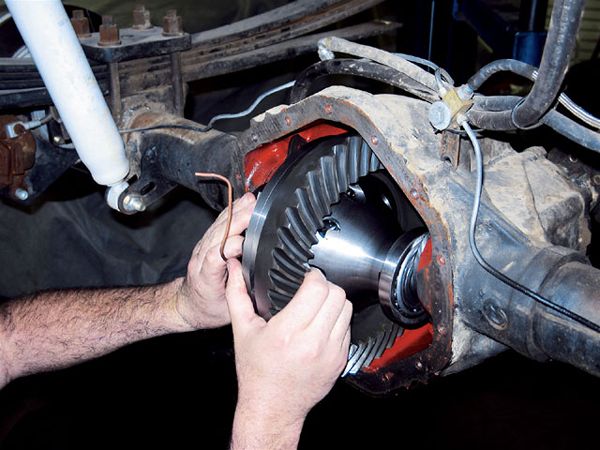
John Hughbanks started the ARB install by first checking the backlash on the gears before pulling out the differential. This is important to check so you know what to set it at when you reinstall the diff. The 14-bolt has got to be one of the easiest axles to work on. The spanner nuts hold the differential in place and move it left or right in the housing to adjust the amount of backlash. A lot of guys use a metal punch to adjust the spanner nuts via multiple holes they have drilled into them, but the right tool will make the work easier. Hughbanks placed the ARB in the 14-bolt, making sure to first drill and smooth a hole in the top of the housing to run the ARB's air line and fitting out of. If you're not installing new gears at the same time, GM Truck Center says to take special care inspecting the gears to look for any wear on the corners of the teeth and any possible stress fractures or cracks anywhere on the ring gear. If there is any damage on the gears, then you'd be wasting your time and money installing a new diff since it'll have to come out again soon.

There are four versions of the 14-bolt rear axles, not including some various widths for such applications as vans and some late-model versions with disc brakes. Though they're similar in design, only two are true 14-bolt full-floating axles ('73-'85 and '86-and-up). There are also a few new axles similar to the 14-bolt axle made by AAM (American Axle Manufacturing) for the new Dodge trucks, but we've been told by the engineers that the parts are not interchangeable.
Eaton (pictured) The Eaton axle was the predecessor to the common 14-bolt axle and was used from the '50s to the '70s. Its biggest difference from the 14-bolt axle is the dropout-style third member (similar to a Ford 9-inch) that holds a differential almost identical to the 14-bolt. The Eaton axle has course-spline axleshafts, so the 14-bolt diffs won't fit without side-gear modification, but we have heard of guys getting it to work. You can most easily tell an Eaton axle from a 14-bolt by the rounded differential housing.
Six-Lug Semi-Floating 14-bolt axle From around 1986 to 1993 GM offered a light-duty 3/4-ton truck that came with a 9 1/2-inch ring-gear, 1.370-inch 33-spline axleshaft version of the 14-bolt axle. Big deal, right? Who wants a cheesier version? We'll tell you who: any 1/2-ton owner running six-lug axles right now. The semi-floating 14-bolt is a six-lug axle that will bolt directly in place of any 10- or 12-bolt axle, and has a better chance of having the common 1/2-ton 3.73 gear ratio instead of the 1-ton common 4.10 gear ratio. You can find these in a lot of junkyards, and a lot of people will almost give 'em away since their opinion is, "Who wants a semi-floating 14-bolt?" We do! We do!
'73-'85 14-bolt The 14-bolt came about in the early '70s and was unchanged until 1986. The biggest differences-save for a few support ribs here and there on various year axlehousings-were that this full-floater had a smaller pinion support bearing and drums that are held to the hub with the wheel studs.
'86-to-present In 1986 the 14-bolt was changed slightly so that the floating drum could be pulled without having to remove the hub and axleshaft. They also went to a larger pinion bearing, meaning more strength around the pinion gear, though the diameter of the pinion stayed the same.
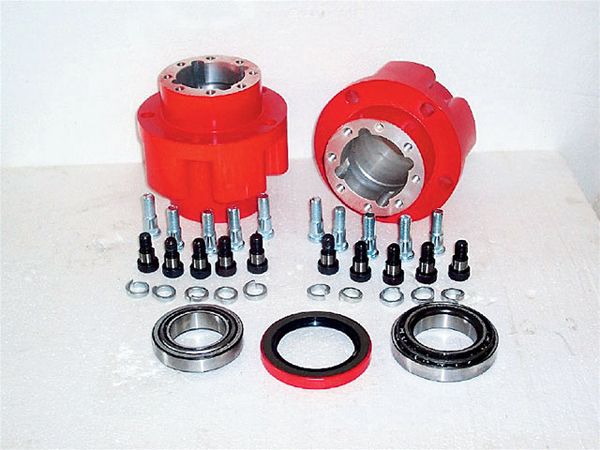
Geartech Heavy Duty has five- and six-lug aluminum hub conversion kits for 14-bolt axles. Bolt these puppies on, and you'll be able to run 15-inch wheels should you so desire. It also has a disc-brake kit available to complement the hub kit. And if you're one of the few out there breaking 14-bolt axleshafts, Geartech offers a Dutchman axle upgrade kit to complement the hub kit.